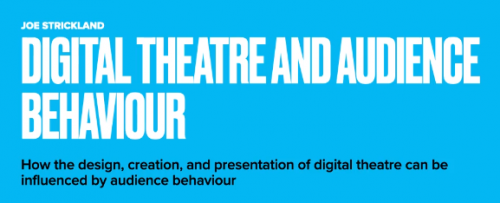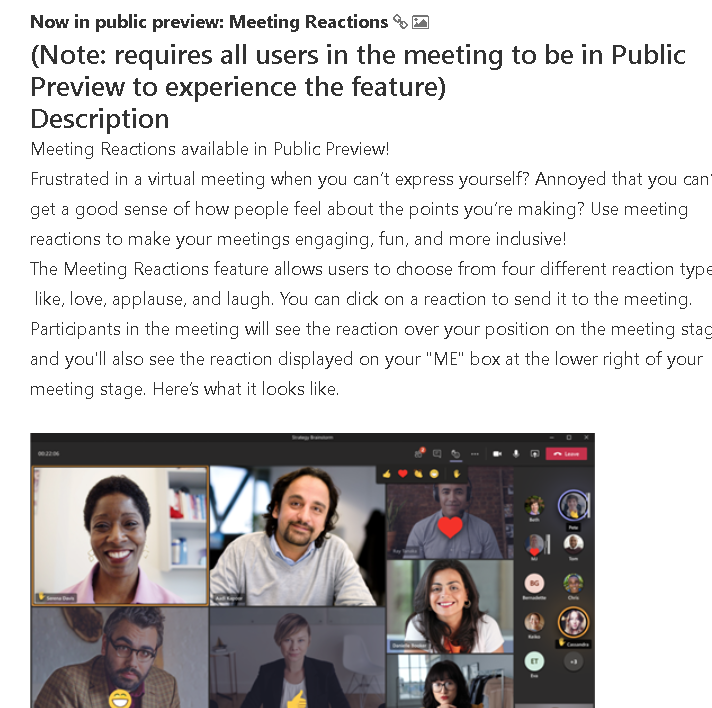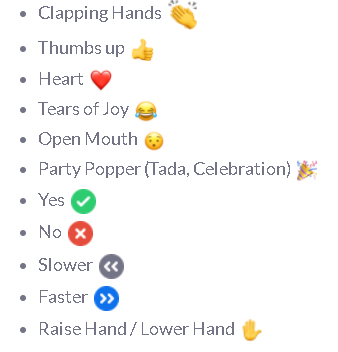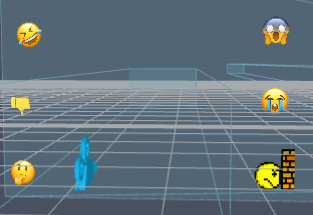post by Matthew Yates (2018 cohort)
Hello,
I am University of Nottingham 3rd year PhD student partnered with the Dstl. My PhD project is about the detection of deep learning generated aerial images, with the final goal of improving current detection models.
For this study I am looking for participants to take part in my ongoing online study on identifying synthetic aerial images. We have used Generative Adversarial Networks (GANs) to create these.
I am looking for participants from all backgrounds, as well as those who have specific experience in dealing with either Earth Observation Data (Satellite aerial images) or GAN-generated images.
This is study 2 in larger PhD project looking at the generation and detection of GAN synthesised earth observation data.
For more information on the project and studies please visit https://aiaerialimagery.wordpress.com/
Purpose: To assess the difficulty in the task of distinguishing GAN generated fake images from real satellite photos of rural and urban environments. This is part of a larger PhD project
Who can participate? This is open to anyone who would like to take part, although the involvement of people with experience dealing with related image data (e.g. satellite images, GAN images) is of particular interest.
Commitment: The study consists of a short survey (2- 5 minutes) then a longer detection task (10-20 mins but can be completed in own time) hosted on Zooniverse.org.
This study involves identifying the synthetic image out of a set of image pairs then marking the parts of the image that informed your decision.
How to participate? Read through the information on the project site and proceed to the link for Study 2
Project URL: https://aiaerialimagery.wordpress.com/ (See Study 2)
Study URL: https://formfaca.de/sm/_kBsk76eo
About the Zooniverse platform: https://www.zooniverse.org/lab
For any additional information or queries please feel free to contact me:
+44 (0) 747 386 1599 matthew.yates1@nottingham.ac.uk
Thanks for your time.
Matthew Yates








